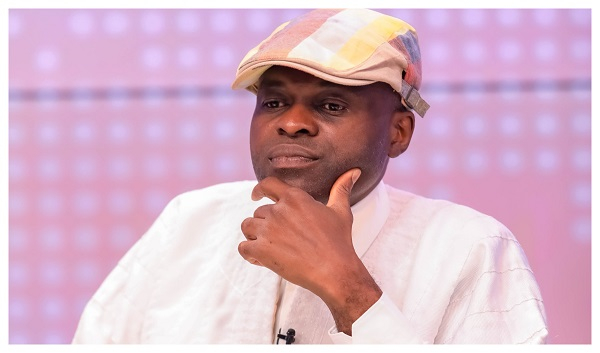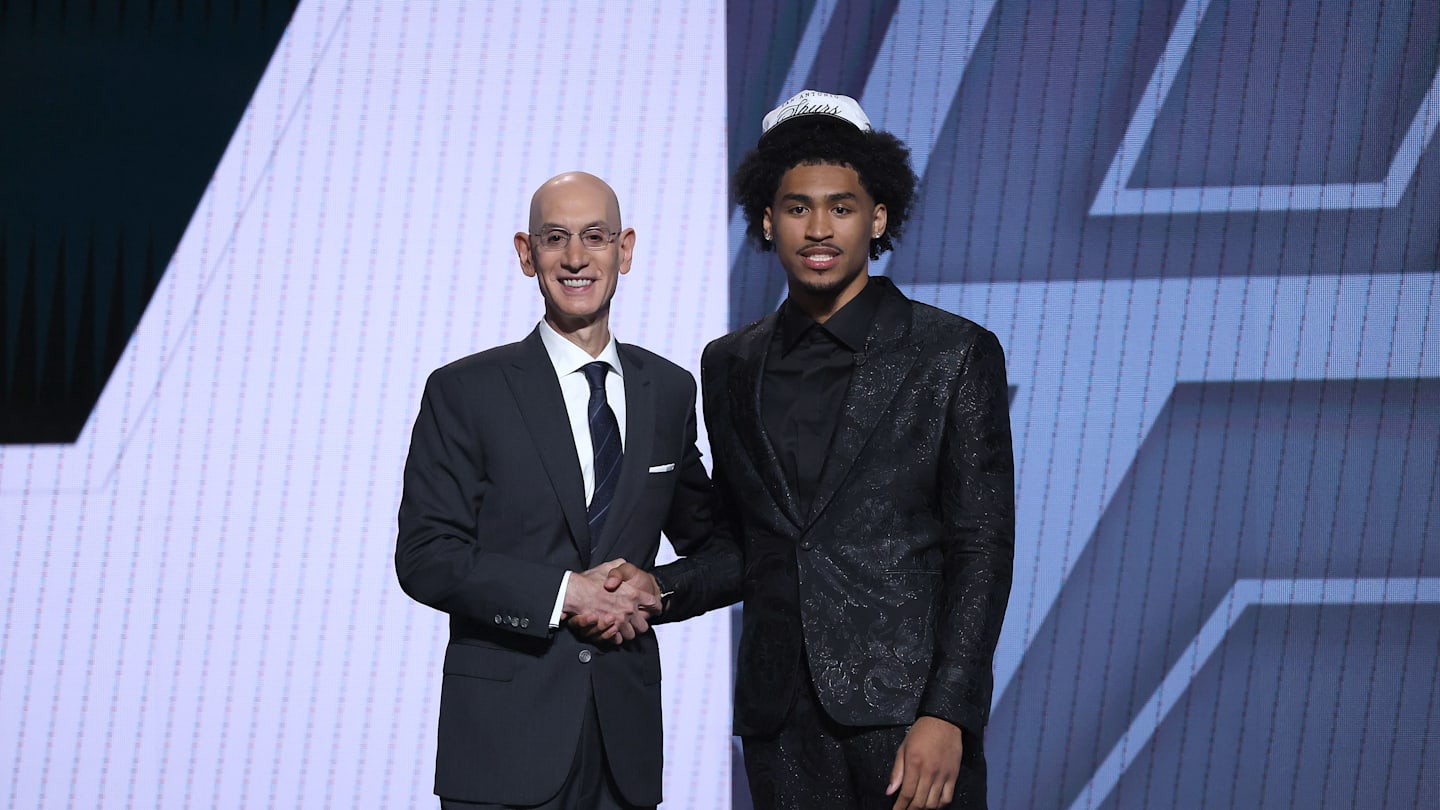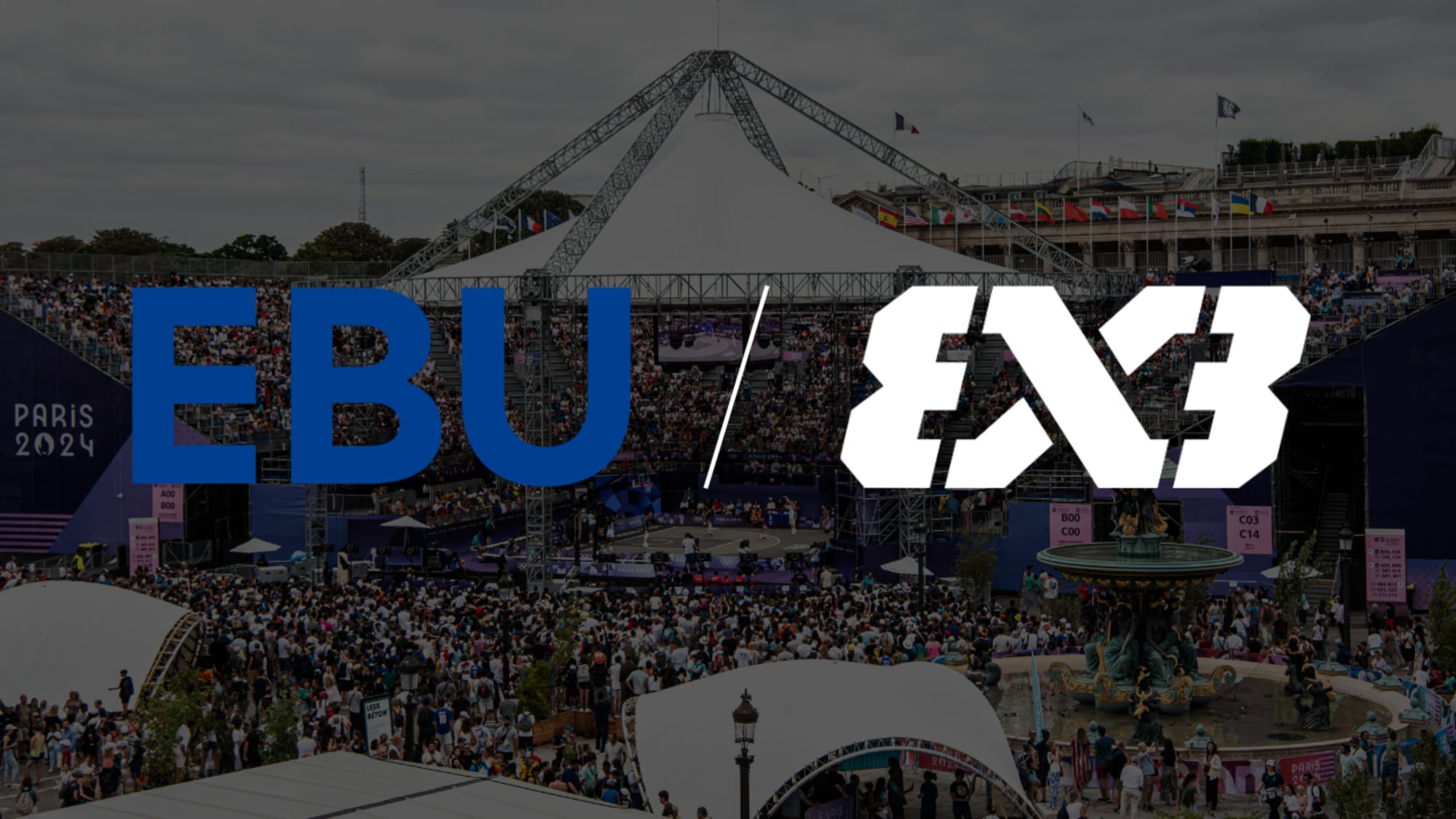Boxer Jake Paul's AI Twin Stars in New CTV Ad for Betr
The next time you spot Jake Paul in a TV commercial, it might be an AI version.
The boxer’s betting and media company, Betr, is using an AI-generated version of Paul to front its latest national CTV ad campaign.
The 30-second spot was created in two days using Waymark Cinematic, a new AI-powered ad creation tool from the video automation company Waymark, cutting down on nearly 12 weeks’ worth of production work, according to Stephen Parker, chief creative officer, Waymark.
“Creating a national TV commercial [entails] a cast of dozens, and a price tag anywhere from $100,000 to $500,000. That’s before a single frame hits the screen,” Parker said. But the shift to generative AI, Parker added, removes budget constraints and barriers around prolonged approval processes.
Betr’s ad will be served using Comcast’s self-serve ad buying platform, Universal Ads, which includes programming from more than 15 publishers such as AMC Networks, DIRECTV, Estrella Media, and Fox Corporation.
The campaign, launched ahead of Paul’s upcoming fight this weekend, features an AI version of the athlete stomping through a city in a Transformer-style robotic suit. The spot encourages viewers to download the Betr app as a way to get in on the action. Visually, the ad leans into the aesthetic of AI-generated content. The ad’s audio blends Paul’s real voice with an AI-generated version.
But the ad also reflects a shift in Waymark’s creative capabilities. Historically known for motion-graphics-heavy spots with fast-moving visuals and floating text, the company is now enabling a more narrative-driven, high-production-value style with Waymark Cinematic, said Persky-Stern. This style of ad, with bigger budgets, “hasn’t really been possible with AI at scale before,” he said.
Betr had previously struggled to produce high-quality CTV-style creative, in part due to limitations around production resources and Paul’s schedule, said Persky-Stern, noting the new ad sidesteps that friction entirely.
Waymark’s tech stack includes Google’s Veo 3, Runway, OpenAI’s models, and voice audio from ElevenLabs. While some of those same companies offer their own AI video generation tools, Persky-Stern said Waymark isn’t directly competing with them.
“You can’t get a complete ad out of [those tools],” he said, noting that those tools typically generate isolated, short clips. “It’s about stitching together a bunch of different shots that have a coherent story and style, close-up and pan-out shots, and combining that with professional video production techniques.”
Waymark’s generative AI tools are already being used by platforms like Spectrum to produce ads at scale for local and national advertisers. Other brands, such as account firm Plante Moran, have begun experimenting with Waymark Cinematic for marketing efforts.
AI is being used in nearly every aspect of the ad process—from generating creative to replacing roles once reserved for human ad ops. Meta recently made headlines about its plans to let brands fully create and target ads using AI by the end of next year. By 2029, AI is expected to inform 94.1% of ad revenue, according to GroupM.
Public sentiment might be warming to AI-powered ads, but if done wrong, there are still risks. Coca-Cola’s holiday campaign, for example, drew backlash for its uncanny aesthetic. And earlier this year, video startup Pika debuted its first fully AI-generated ad, complete with a message that some viewers found more unsettling than innovative.
While Waymark plans to watch how people react to Betr’s latest ad, the question, said Persky-Stern, of “what is and what’s not an AI ad is only going to get blurrier because all creatives are using AI at this point.”














